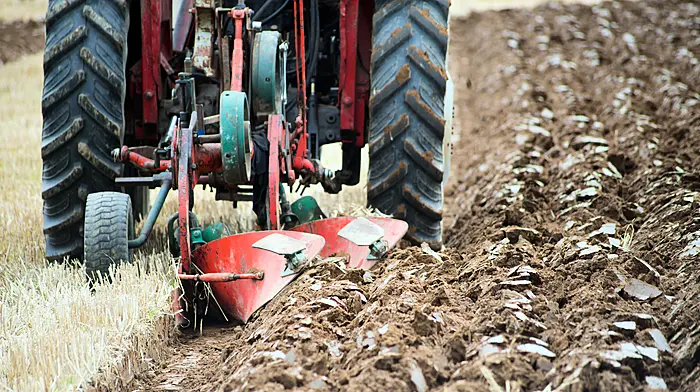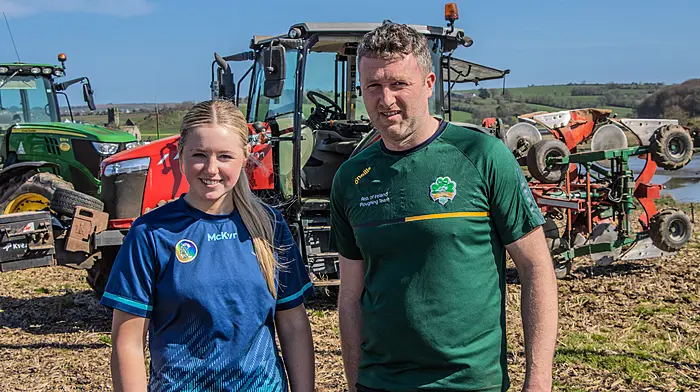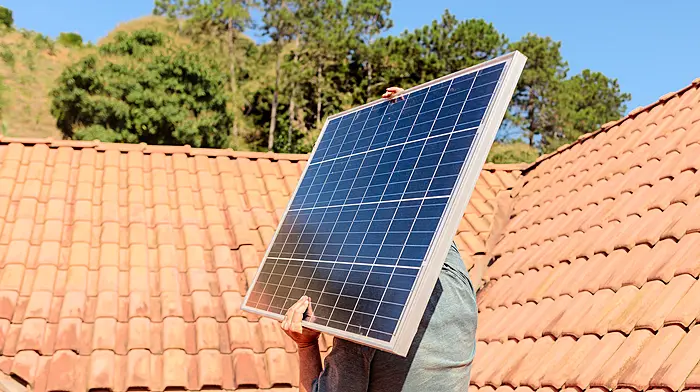BY SEAMUS O’MAHONEY
AS I gather my thoughts to prepare this article, and reflecting on my last article approximately six months ago, we have journeyed through a period of significant change. In midsummer and with many hours of daylight, whilst having had a spectacular period of dry weather, our farming community have too journeyed through a significant period of change.
We have seen hay in May, much of the first cut silage gathered throughout the countryside in excellent conditions with such good quality fodder secured. We see many tillage crops now thriving with the sunshine and good growth conditions as we look forward to the harvesting months ahead in anticipation of good yields and suitable conditions.
Our economic climate has also seen a significant change over the same period, with a huge raise in interest rates around the globe, with a further raise imminent. This will see interest rates having had a brisk period of upward movement, but gladly we are led to believe that this trend is about to turn, and we too should look forward to at least a period of easing of interest rates to the back end of 2023 and on into 2024.
The shift in interest rates has been a tool used to counter the prolonged period which some would say has seen 10 years of inflation packed into a three-year period ordinarily. Gladly we too have seen some gradual easing of these inflationary figures in recent months, and while we are still well off our inflationary target, this trend too is more encouraging into the future.
Despite the significant shift of in excess of 4% in real interest rate movement by central banks, with the ECB being no different, we have yet to see the depositor benefit in any significant way from this rate hike. At the point of writing, some higher end deposit rates still stand at 1.25% per annum over a 12-month fixed period for lump sum investment. Taken this into consideration, and bearing in mind the rate of inflation, it is imperative for one to maintain the purchasing power of savings, particularly for longer-term monies.
Recent evidence has seen underlying wealth is very much stronger than at any stage over the past 50 years but concentrated on the top 10% of wealth versus the bottom 50% of our population. Our banking institutions hold €160bn of deposit funds, while mortgage debt currently stands at less than €100bn. This surely has to be seen as a very healthy savings environment, with household savings rate now in excess of 20%, up significantly from the lows seen in 1999 of close to zero, albeit off the highest period seen during our lockdown months. It is very reassuring to see these levels of savings maintained despite the inflationary pressures, but it is now imperative to seek some real return this savings into the future.
Once again in my last article, I would have referred to the S&P 500 Index, the stock market index tracking the stock performance of 500 of the largest companies listed on the stock exchanges in the United States. One can gain access to research tracking this index since 1926 on a yearly basis. Given that we have experienced a very volatile five-year period, taking the pandemic and war in Ukraine into account, such an index has yielded in excess of 54% at the point of writing over this five-year term, and indeed in excess of 12% for 2023 to date.
In conclusion, reflecting on the past six months, we have gladly seen a lot of positive trend movement, having endured some real challenges, yet maintaining real resilience in savings and household wealth while collectively, Ireland stands out amongst our peers in Europe as having one of the strongest growth expectations for the immediate future, where we have all played a part in collectively participating in this achievement.
• Seamus O’Mahony is a certified financial planner with FDC Financial Services










